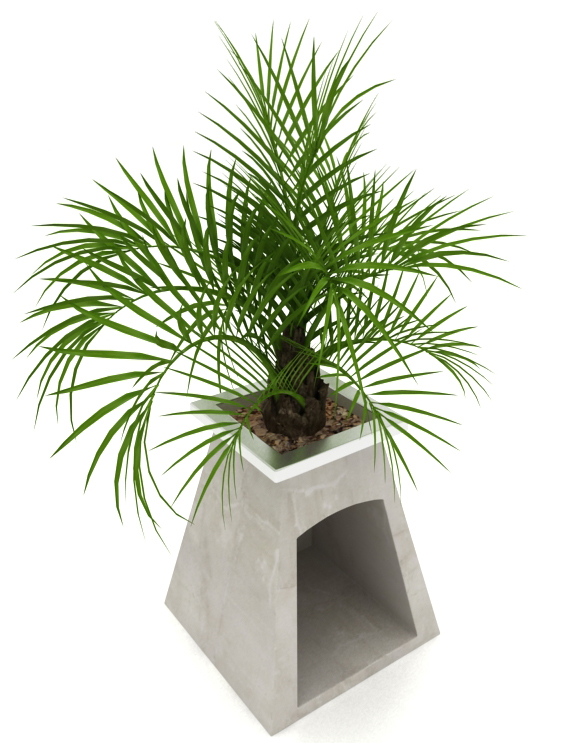Hi bloggers, we are sharing a really awesome post from Urban Gardens! thanks for sharing with ours your feedback.


At just $125 per square foot, the WeeHouse is a single module that can be plopped on just about any site, including a rooftop. The basic unit is framed with steel and wood, and comes with tongue-and-groove bamboo flooring, and Ikea cabinetry, kitchens and sinks. Despite what the name implies, don’t let it size fool you- this is one awesome modern residence.
Founded on his personal philosophy and desire for low-impact living, Jay Shafer’s Tiny Tumbleweed House has represents what he calls “subtractive design,” rejecting typical spatial assumptions and opting for clarity through conscientious use of space. This tiny house ranges from 40-500 square feet and accommodates a whole slew of needs from home office to vacation home or full-time residence. They’re also road-ready for the ultimate nomadic portability.
The Sustain MiniHome is quite the compact green machine, packing a ton of green materials and technologies into a small but very livable space. No vinyl, formaldehyde, toxic adhesives or finishes, all water-based or plant oil-based finishes, FSC certification, natural ventilation… the list goes on and on. Not to mention, it’s portable, modern, and cutely compact!
Not only is the LoftCube tiny, it can be strategically plopped on a rooftop so as to not consume any additional footprint. Especially in urban environments where there’s nowhere to go but up, LoftCube provides a small but clever solution to your housing needs. Built by Werner Aisslinger, LoftCube also boasts an affordable pricetag at just $55,000, and can be easily transported to your next rooftop location via helicopter.
This tiny residential cube packs a highly-functional punch, providing a double bed, bathroom, lobby, dining space for 4-5 people, and state-of-the-art entertainment technology, all for just 50,000 Euros. And size-wise, it measures in at a tiny 2.65 m cubed (roughly 77 sq ft), but incorporates everything a person needs in a home in its super compact design.

